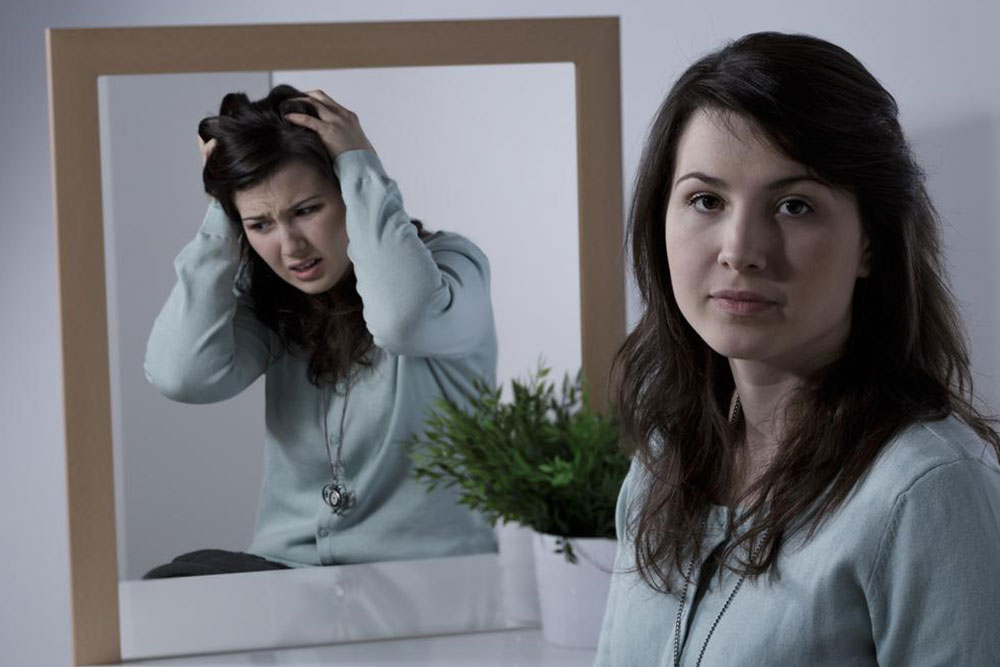Bipolar disorder -Types, signs and treatment
Everyone goes through emotional highs and lows, but when mood swings begin to affect your daily life, it could be a sign of a bigger problem like bipolar disorder. Bipolar disorder is also known as manic-depressive disorder. As the name suggests, it involves severe mood swings from excessive happiness to depression. Both phases can last for anywhere between a few weeks to a few months. When it comes to psychological disorders like bipolar disorder, it is important to recognize the top 5 bipolar signs so as to be able to seek treatment early.

Categories of bipolar disorder
1. Bipolar I disorder: This involves at least one manic episode and one major depressive episode.
2. Bipolar II disorder: In this case, the patient may have had at least one episode of depression, but may not have had a manic episode.
3. Cyclothymic disorder: This is characterized by at least two years of alternating major manic and depressive episodes.
Manic episodes can be identified by increased energy levels, euphoria, insomnia and sleep troubles, talkativeness, lack of concentration and risky behavior. On the other hand, depressive episodes are marked by feelings of sadness, lack of interest in activities, social withdrawal, weight loss and fatigue. Symptoms of this condition can vary from person to person.
- High levels of energy or excessive happiness
- Racing thoughts that reduce concentration abilities
- Grandiose ideas
- Insomnia and sleep disturbances
In many cases, the depressive episodes are easier to recognize than manic ones. For this reason, when talking of bipolar disorder treatment, depression is closely related. There is no cure for bipolar disorder and hence the goal of treatment is to help manage the symptoms and reduce recurrences of manic and depressive episodes.
1. Medications : This usually implies more of mood stabilizers, anti-depressants and anti-anxiety medication that must be taken orally on a regular basis.
2. Psychotherapy : This involves individual counseling and group therapy sessions. Therapy for bipolar disorder focuses on stabilizing daily routines such as setting a time for sleeping, eating and exercising, which thus reduces the intensity of mood swings.
3. Cognitive Behavioural Therapy (CBT): CBT focuses on identifying negative behaviors and beliefs and then replacing them with positive ones. Stress management and learning to deal with negative situations is also a key part of this therapy.
4. Family therapy: In cases of psychological disorders like bipolar disorder, the patient needs a strong support system. Hence, his or her family is also involved in the treatment. Therapists teach family members how to identify episode triggers and manage them, along with making a plan for continuing the treatment.